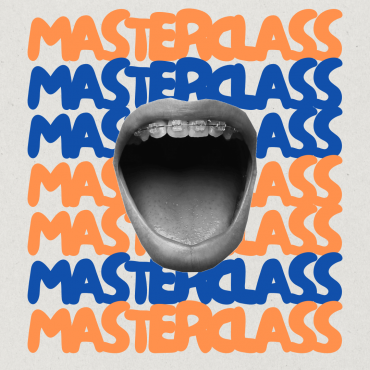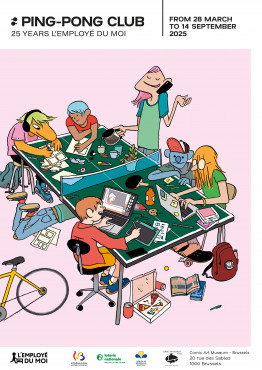The great temporary exhibitions
10.06.08 > 16.11.08
Smurf for All, All for Smurf
50 Years of Smurfs
Fifty years after their birth, the Smurfs remain among the most popular characters ever created by a Belgian comic strip author.
-
 L’union fait la Schtroumpf
L’union fait la Schtroumpf
-
 L’union fait la Schtroumpf
L’union fait la Schtroumpf
-
 L’union fait la Schtroumpf
L’union fait la Schtroumpf
-
 L’union fait la Schtroumpf
L’union fait la Schtroumpf
-
 L’union fait la Schtroumpf
L’union fait la Schtroumpf
Born out of Peyo's imagination, they made their début in Spirou Journal in the autumn of 1958, in a Johan et Pirlouit story: "La flûte à six trous". To honour this anniversary – which is celebrated the world over – the Belgian Comic Strip Centre will invite visitors to consider Peyo's work from a new and original angle: it is because of their individual weaknesses that the Smurfs discover their strength…Through numerous exceptional documents lent by Peyo’s family, the exhibition aims to show its visitors how the work of this comic-strip legend – a true alchemy of clarity, lucidity and effectiveness supported by a base of sincere storytelling – has followed the writers of tales of days gone by.
With the support of IMPS, Brussels-Capital Region and the National Lottery.
Official website 50 years of Smurfs: www.happysmurfday.com
Fifty years after they first appeared in the pages of the weekly comic journal Spirou, the Smurfs (“Les Schtroumpfs”) have become the most famous European comic-strip characters in the world. And even if this fame is due to the broadcasting of some 300 cartoons produced in California, the popularity of the little blue imps created by Peyo is based on something much more than just the presence of the Smurfs in television programmes worldwide.
Peyo first developed his art in comic strips. Admired by his peers for the exceptional readability of his style, he was initially a storyteller with a talent for telling funny and wonderful stories. In his first series of comic strips, he created a feudal world set in the Middle Ages, a legendary era, favourable to small warlords, witches and sorcerers. Readers were immediately charmed by the poetry and comedy of the adventures of Johan and Peewit. It was in the ninth episode of their adventures, “La flûte à six trous”, that Peyo had the idea of having a magic flute made by little characters foreign to the world of humans: the Smurfs.
Who are these imps whose society seems to be so well organised? They live very far away from here, in the Cursed Land, in a little village whose access is kept secret. They communicate in a language only known to the initiated, and it is their grammatical mechanics that have played such an important role in the development of their success. Seen from afar, they all look the same. However, they are all different: hard-working or lazy, moralizing or jokers. It is these differences that provide food for the stories… when they don’t provoke them, that is. Their community is a collection of individuals.
According to their creator, the Smurfs are three apples high. This is sufficient to understand that they are constantly in danger out in the wild. And yet, most of the tricky situations they find themselves in are the result of their relations with humans. While the wizard Gargamel symbolises the dark side of humanity, the Smurfs simply have to mimic human society to shake the balance of their village. Since they cannot count on their physical strength or their extraordinary intelligence, it is their solidarity that saves them.
Thanks to the numerous exceptional documents lent by Peyo’s family, the “Smurf for All, All for Smurf” exhibition proposed by the Belgian Comic Strip Center to celebrate the 50th anniversary of the Smurfs, aims to show its visitors how the work of this comic-strip legend – a true alchemy of clarity, lucidity and effectiveness supported by a base of sincere storytelling – has followed the writers of tales of days gone by.
Jean Auquier











